8 natural or historical sites endangered
Natural sites among the most fascinating of the planet are threatened with profound modification or even disappearance. In question: human activity and global warming. The countdown is triggered, do not delay adding them to your "to-do-list"...
The Amazon Forest (South America)
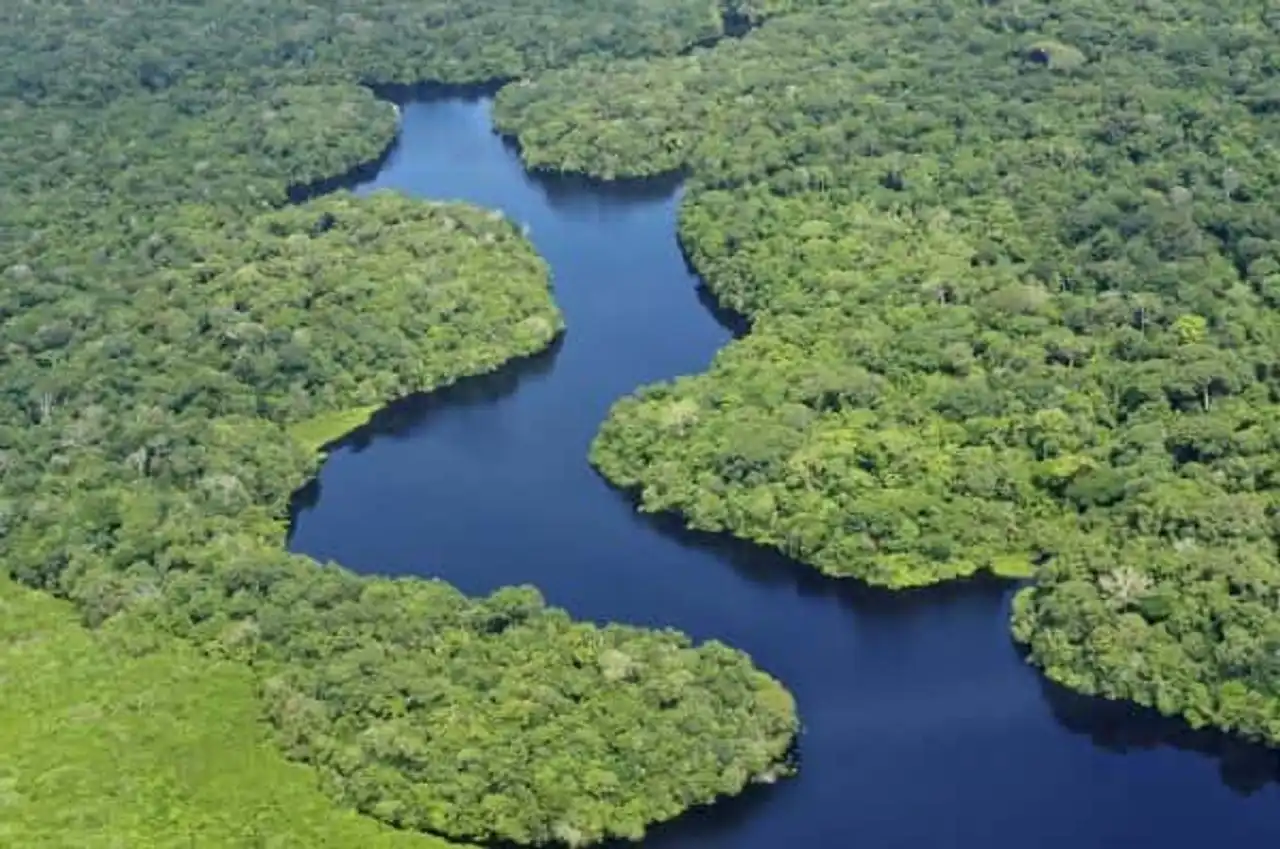
Flickr – CIAT
The world's largest tropical forest, spread over no less than five countries (Brazil, Ecuador, Peru, Colombia, Venezuela), has unfortunately seen its surface and its biodiversity decrease. Studies estimate that 17% of the forest has disappeared in the last 35 years as a result of deforestation. The most pessimistic scenarios forecast his disappearance by 2150.
Les Neiges du Kilimandjaro (Tanzanie)
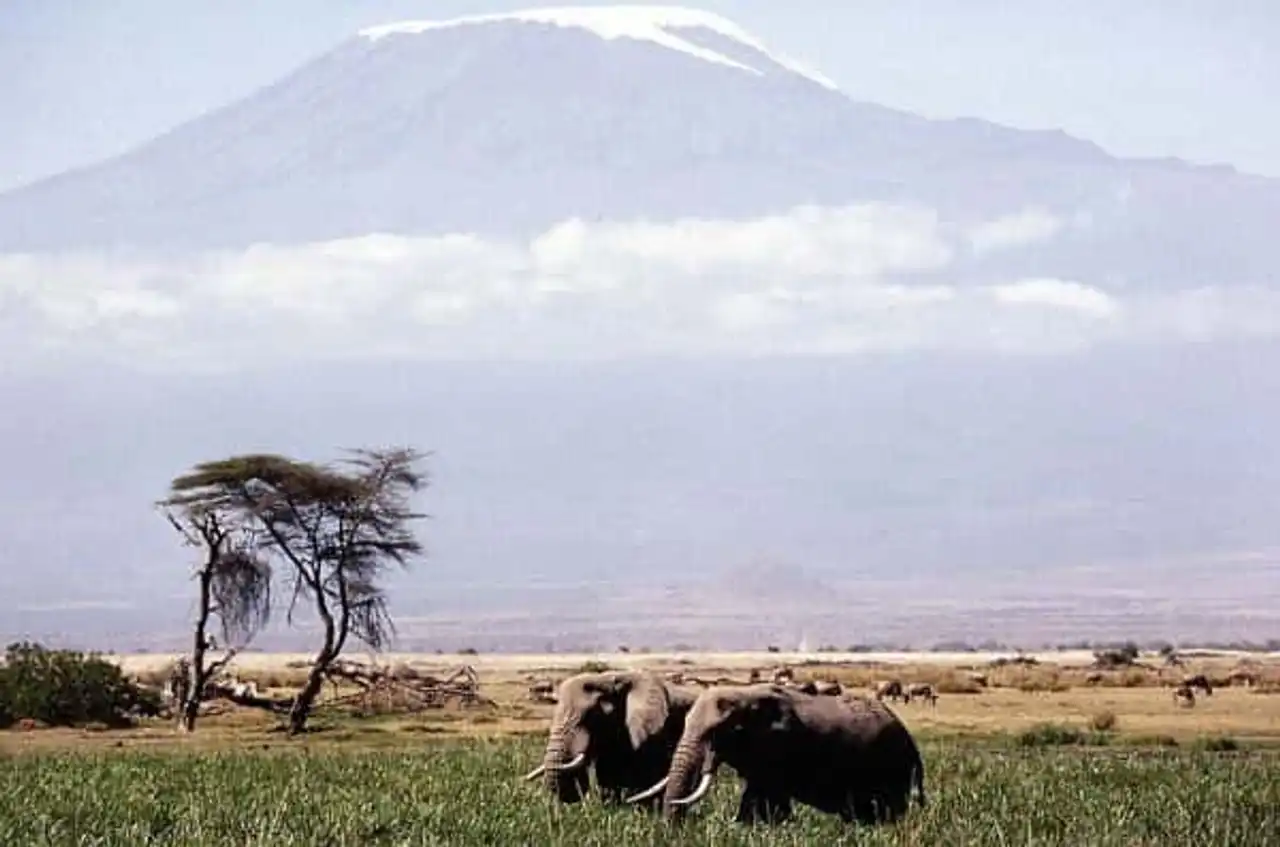
Wikimedia – Viault
Everywhere, glaciers regress and the situation is serious for those of the highest African summit. In a century, they lost 80% of their surface. For some, if warming continues at this rate, Kilimandjaro’s snow will disappear completely by 2020.
La Grande Barrière de Corail (Australia)
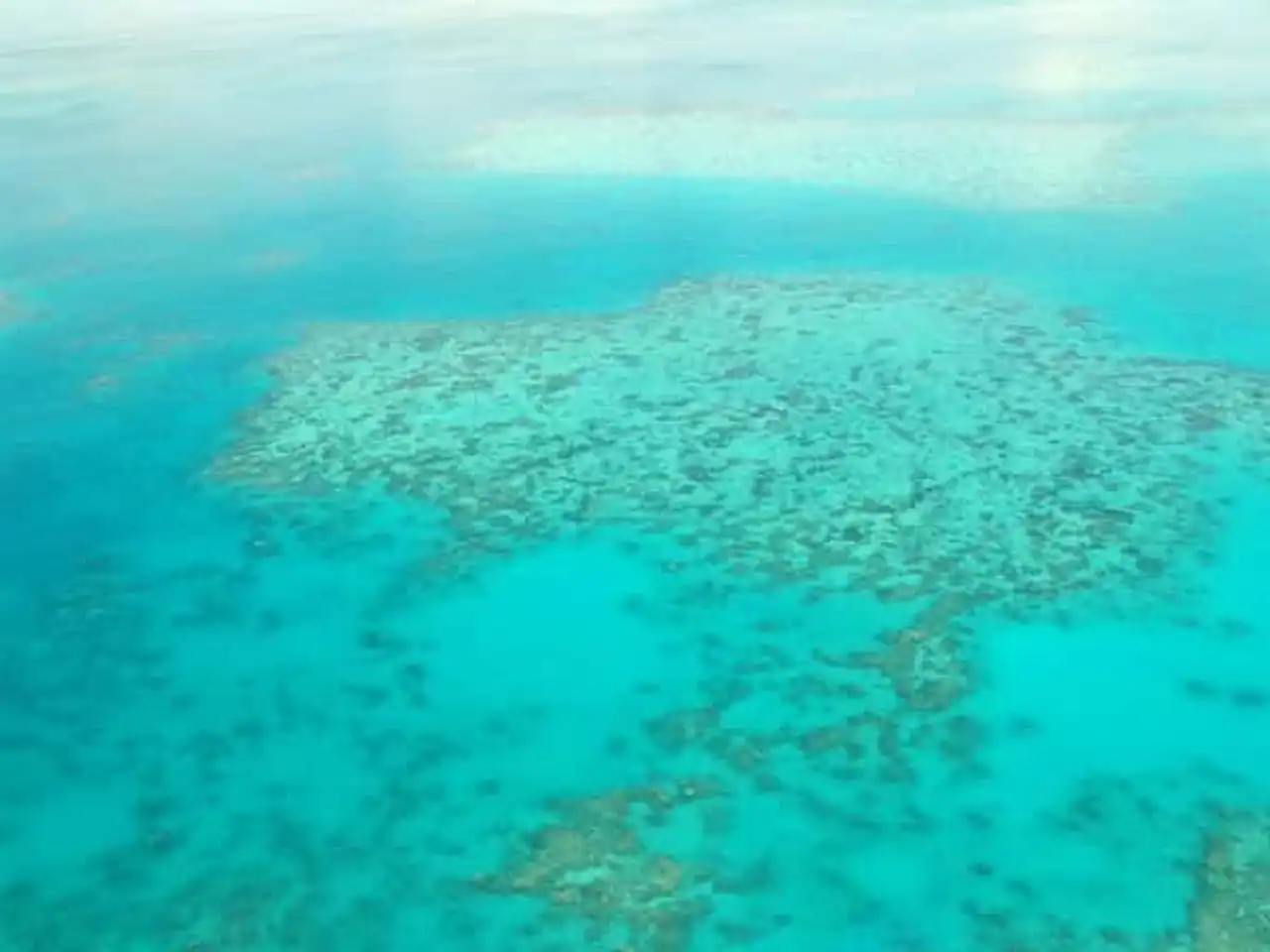
Photo credit: Steinchen
The largest coral reef in the planet is a victim of several phenomena:
- The tropical cyclones, 43 since 1985, have severely degraded it - The proliferation of a so-called invasive sea star (called “purple acanthaster” or “pink”) that devour coral - Global warming that causes coral bleaching
According to experts, the coral replenishment is not impossible but would take a lot of time. In their view, if the Pacific continues to be warming, the Great Barrier Barrier will have almost completely disappeared by 2050.
Maldives (Indian Ocean)
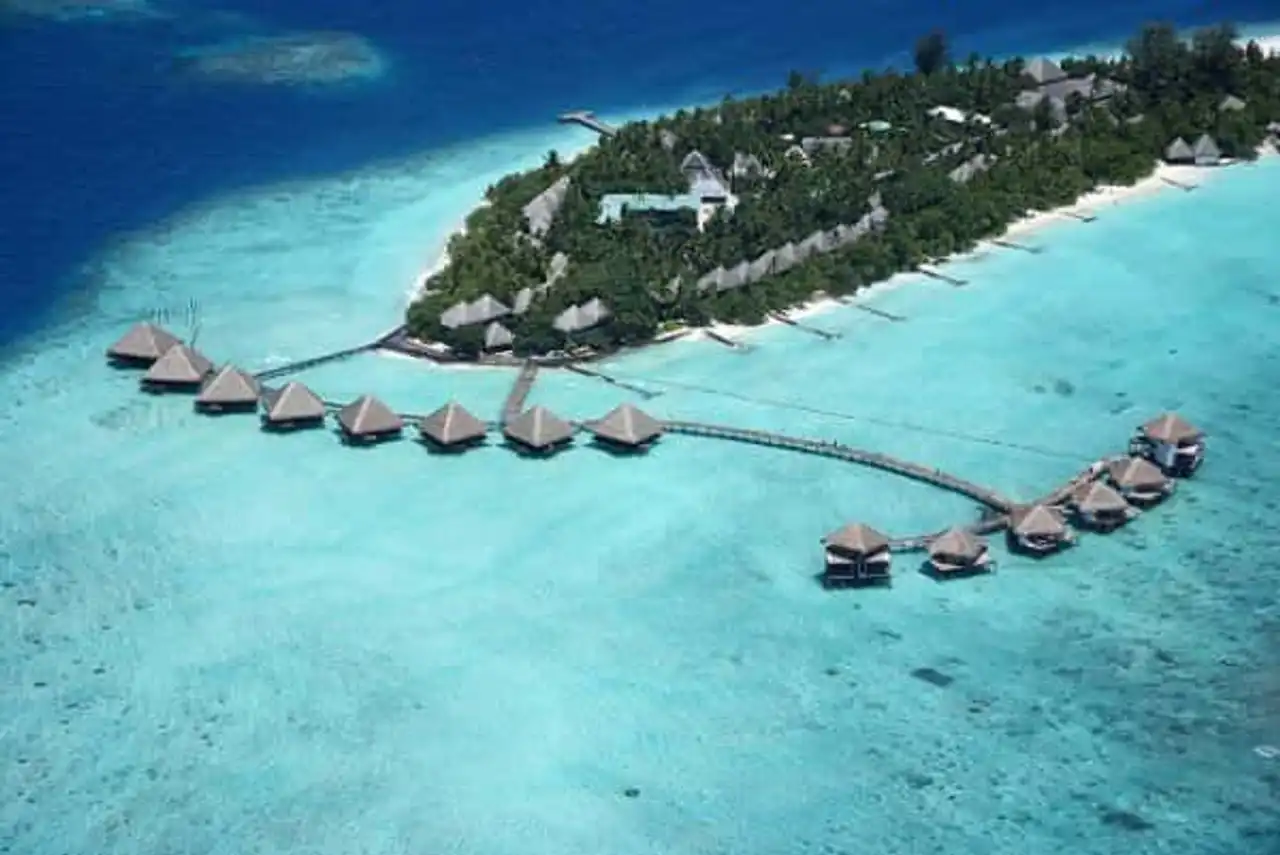
Wikimedia – Adaaran Club Rannalhi
The vast majority of this archipelago of 1200 islands is established less than a meter above an ocean whose waters rise (due to the melting of the ice cover in Greenland and Antarctica, and to the warming of the water – warm water with a volume greater than cold water)! According to some forecasts, 80% of the Maldivian lands may be engloused under the waters at the end of the century. Their inhabitants are seriously threatened, and some are already in Australia or India. Pacific Ocean islands face the same dangers.
Timbuktu (Mali)
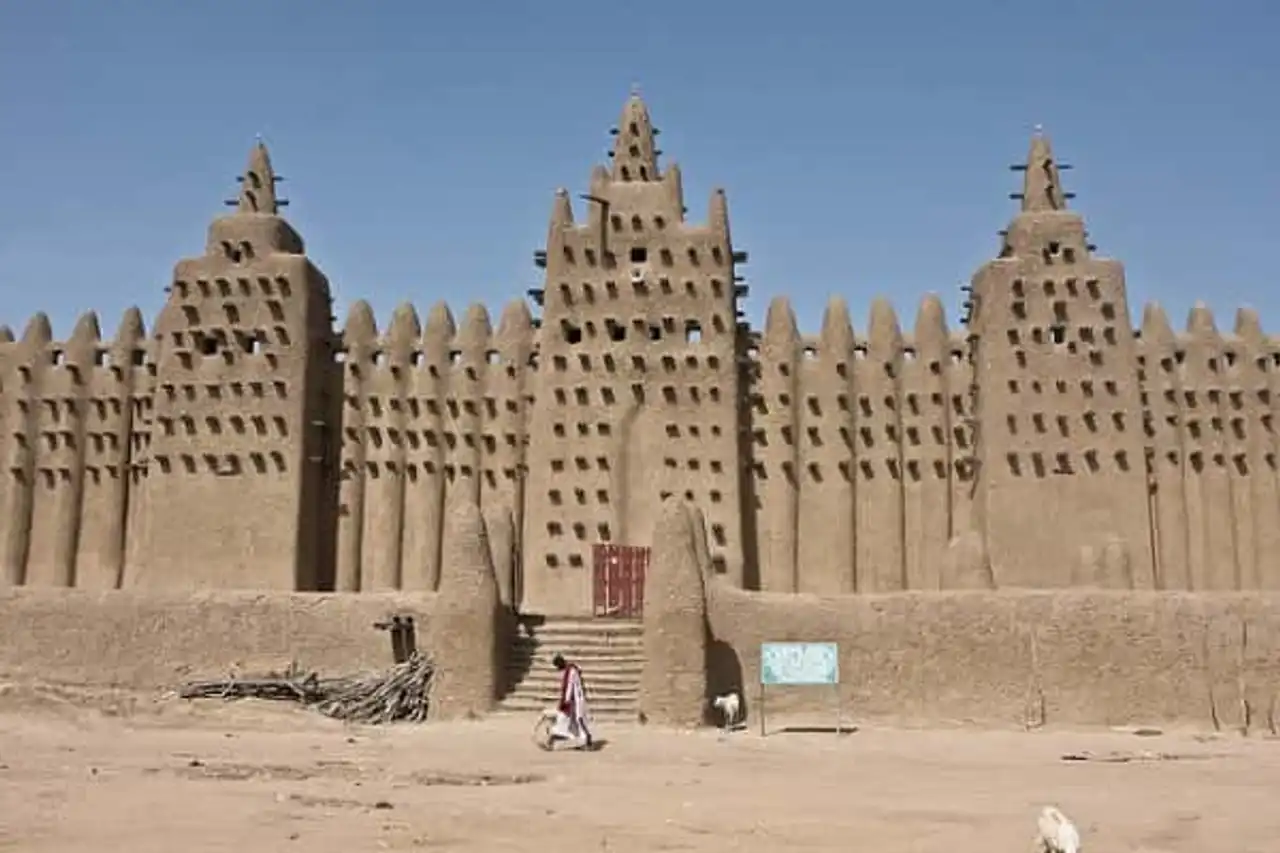
Flickr – Juan Manuel Garcia
At the gates of the Sahara Desert, this high place of Islamic knowledge could soon disappear under the sands. Indeed, the desert destroys the surrounding vegetation, puts the reserves of water hard to test and damages the constructions.
Venice (Italy)
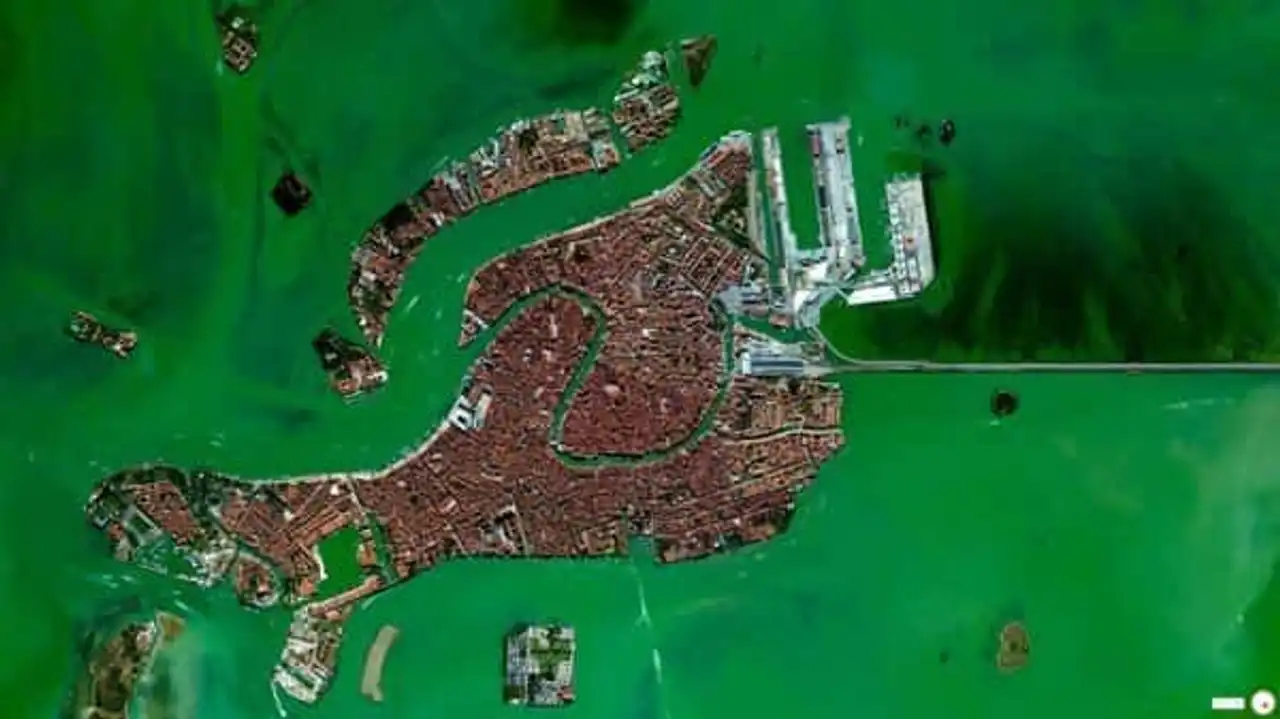
Source: Apple Maps
The Sérénissime and its canals are victims of the rise of the sea level. This is not new for the Venetians, who have been fighting floods since the creation of the city, but today the catastrophe is closer than ever. The MOSE project (Italian acronym for “Electronic Experimental Module”), started in 2003, provides for the installation of valves to retain high tides, but without guarantee of success.
Babylon (Irak)
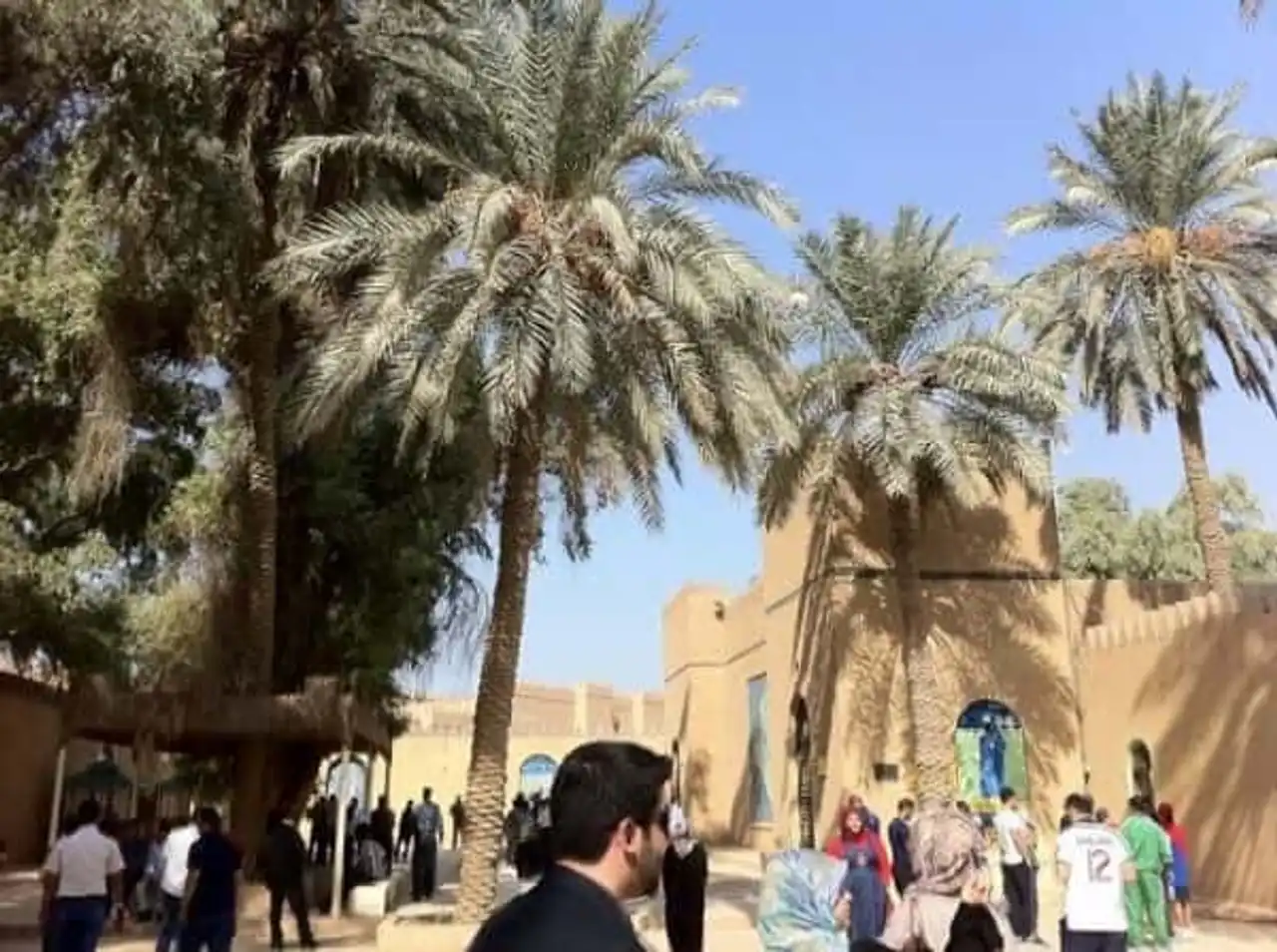
Wikimedia - Aziz1005
This world-famous archaeological site is threatened by the development of the oil industry. The construction of an oil pipeline caused significant damage to the site by digging a 1550-metre tunnel to transport oil products from the south of the country to Baghdad.
Luxor (Egypt)

Flickr – Jean-Pierre Dalbéra
The famous antiquities of Louxor are under the threat of the rise of the phreactic tablecloths, favored by the rise of irrigated agriculture.
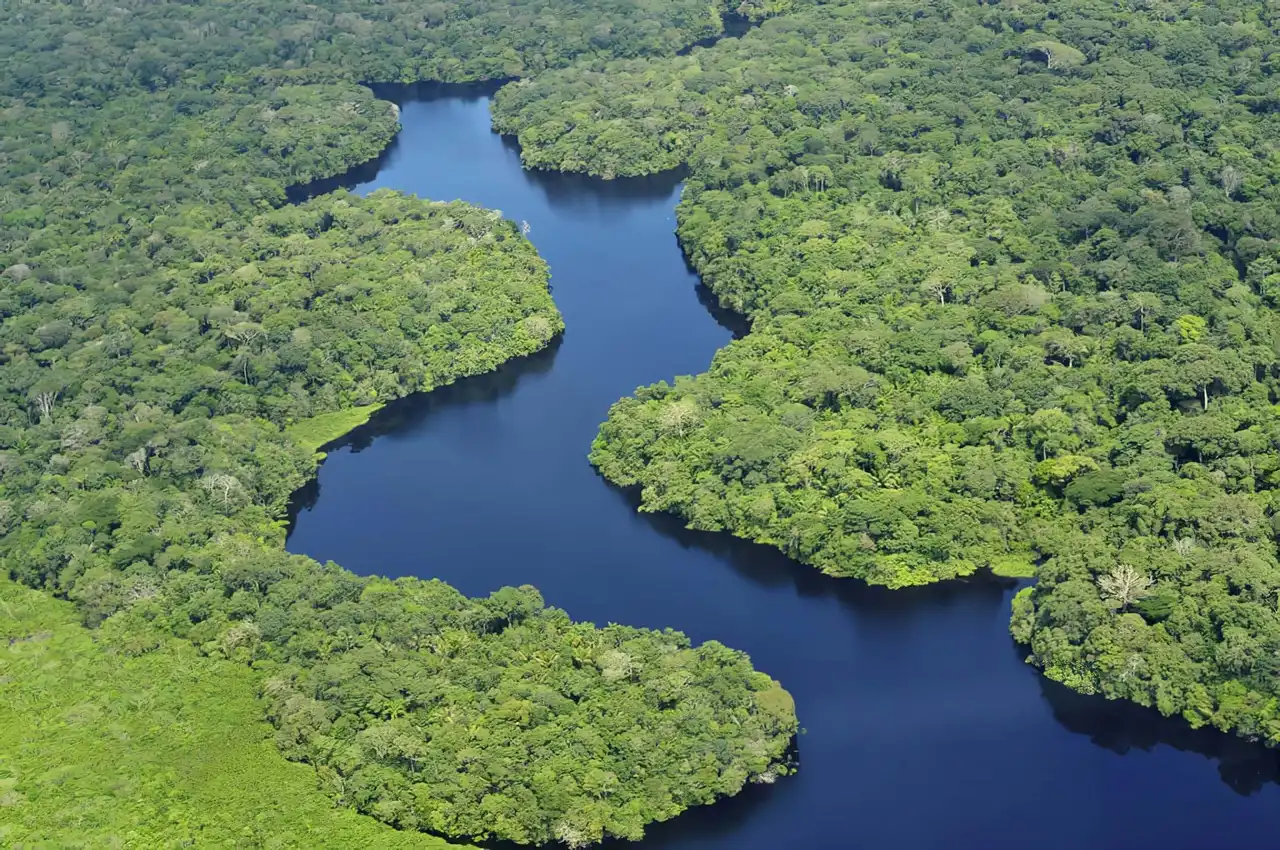





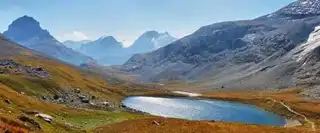

Loading comments ...